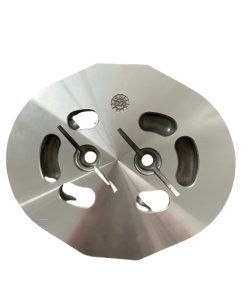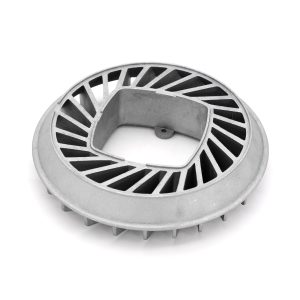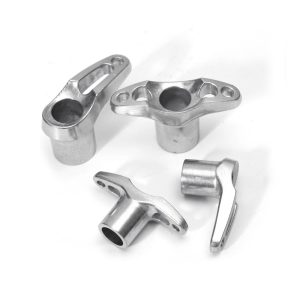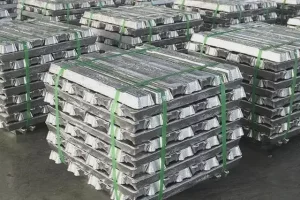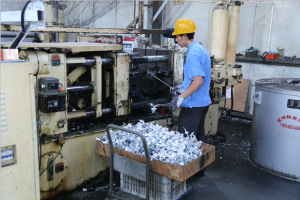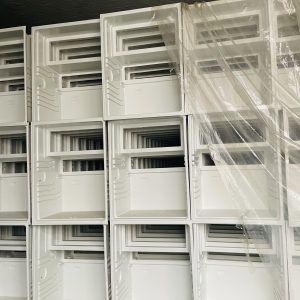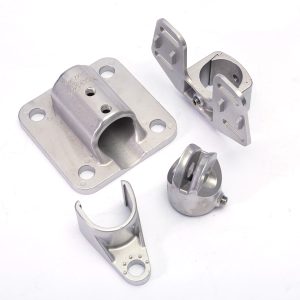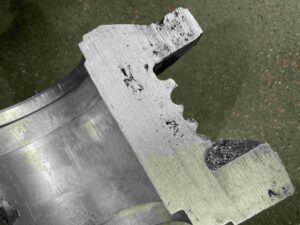
How to prevent porosity in casting using squeeze casting process
Porosity is a common defect in die castings. Gas porosity and shrinkage porosity are mainly two types of porosity in casting. Squeeze casting is a powerful manufacturing technique that effectively prevent porosity in castings. The combination of pressure and heat during solidification leads to denser and more reliable components. The specially designed feeding method along with an venting system can effectively purge air from the feeding process. This technique is particularly effective in reducing or eliminating porosity in castings, beneficial for applications requiring high strength and structurally sound metal casting parts. What Causes Porosity In Casting There are many reasons for the formation of die casting porosity. Here we discuss two main causes of casting porosities. The metal injection speed in the casting process is very fast, this process is easy to roll air and other gases, resulting in a large amount of air brought into the mold. As the metal solidifies, these trapped gases create voids or porosities in the casting. In the

